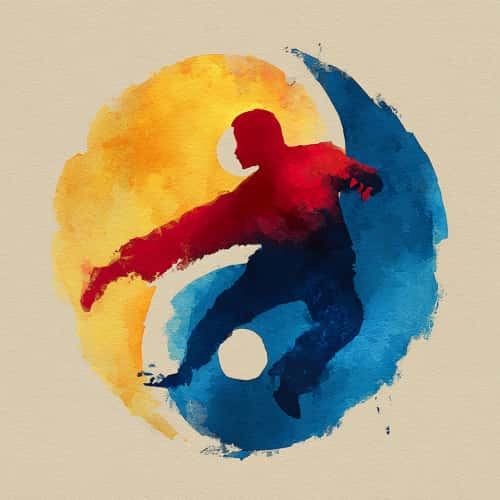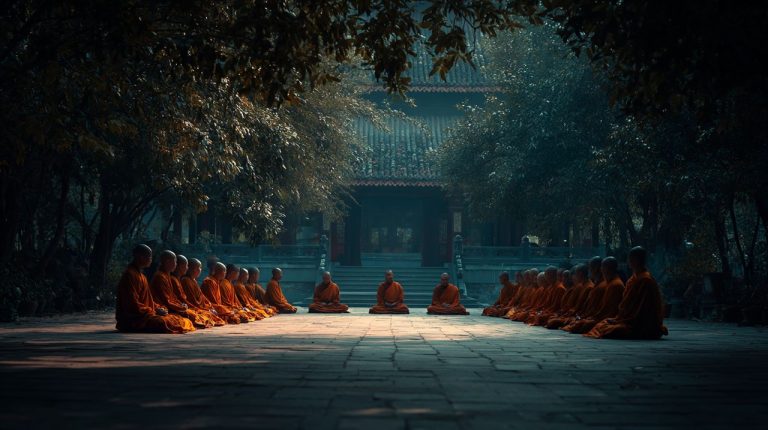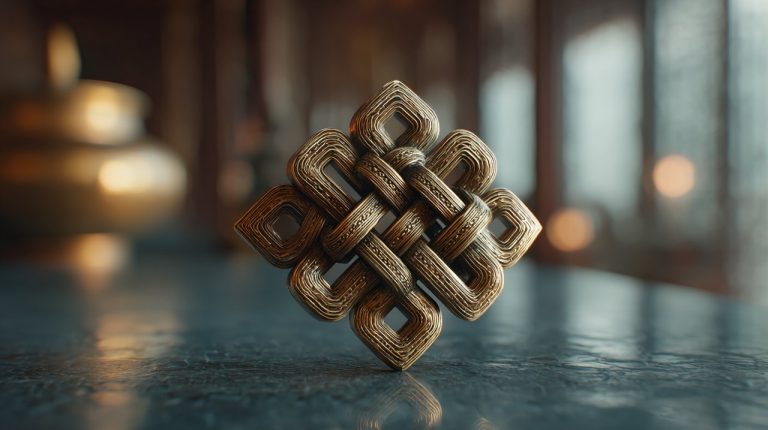Artificial Intelligence’s Influence on Creative Endeavors
The quiet emergence of artificial intelligence marks a new season for creative work. It is not merely a tool for automation, but a presence that subtly redefines how ideas bloom and how expressions find their form. This unfolding partnership between human insight and algorithmic precision invites a deeper look into the very essence of creativity. Just as the Chinese zodiac offers a lens through which to understand inherent traits and life paths, AI now presents a new framework for exploring our creative destinies.
AI as a Creative Augmenter
AI stands as a capable assistant, designed to amplify existing human capabilities. It heralds a transformative era for enhancing creative output:
- For writers, AI can suggest new directions, offer alternative phrasing, or provide a foundation for initial drafts.
- Graphic designers can utilize AI for rapid prototyping, style transfers, and generating numerous design variations, significantly accelerating their workflow.
- Musicians can lean on AI to craft melodies, harmonize chords, or create backing tracks, freeing them to focus on the broader artistic vision.
These intelligent tools do not diminish the human touch; rather, they clear paths and expand the horizon of possibility. By attending to intricate details, AI allows creators to delve deeper into conceptualization and refinement. This collaboration fosters richer outcomes and enables explorations that were once constrained by time. Like a river carving new channels, AI redirects effort, allowing creative energy to flow in new directions, prompting us to consider the deeper aspects of our own creative essence. How Each of the Six Soul Aspects Shapes Your Personal Spectrum
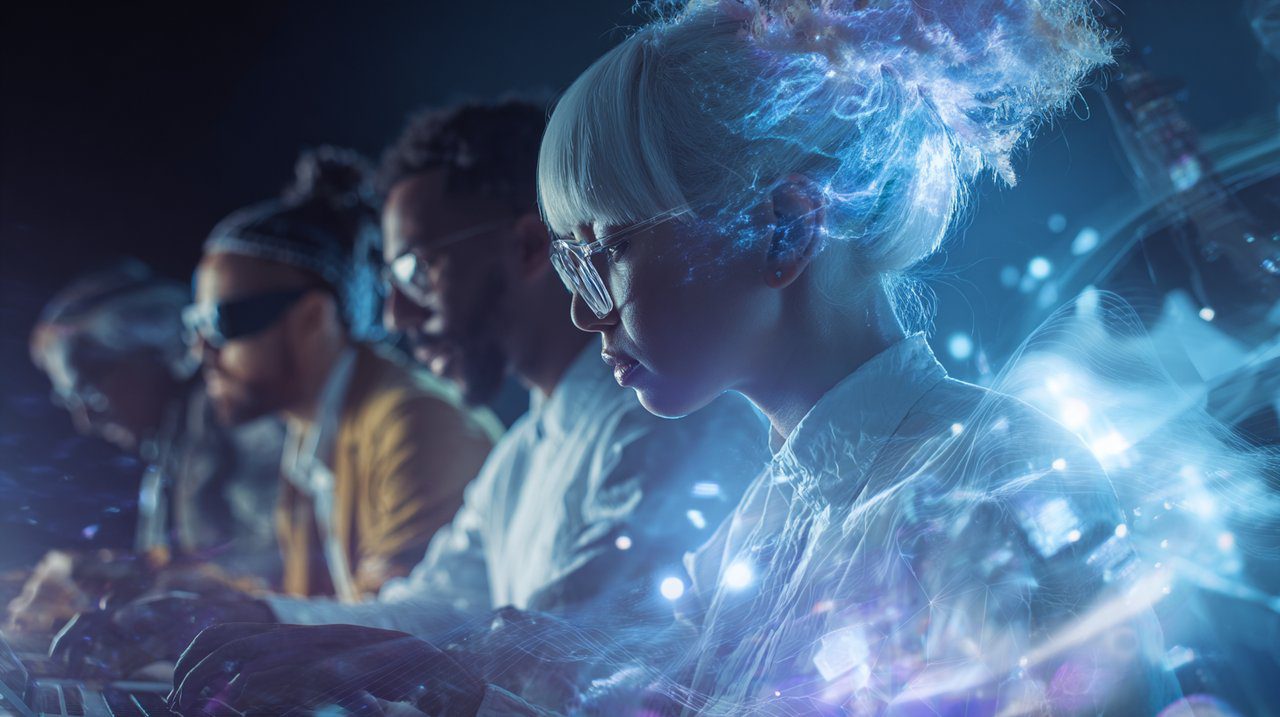
Generative AI: Redefining Artistic Expression
Generative AI models mark a significant turning point, bringing forth entirely new artistic expressions and subtly challenging established ideas of artistry and originality. These sophisticated systems can render vivid visuals from simple text prompts, compose music across diverse genres, and craft compelling narratives.
Artists now find these capabilities akin to discovering new pigments for their palette, enabling the creation of surreal landscapes or intricate abstract forms. This wave of AI-generated content invites a quiet contemplation of art’s evolving nature and the artist’s shifting role within it.
Even if the final form emerges from a machine, its essence traces back to human-chosen data and human-shaped instructions. The artist’s role, therefore, evolves. They become a guide, a sculptor of prompts, a visionary director, carefully leading the AI to reveal their unique insight. This careful guidance mirrors the mindful intention one brings to using mala beads in contemplation, where each bead marks a step in a focused journey. This marks a new chapter in how art comes to be, much like a river finding a new path through the landscape, shaping its surroundings as it flows and requiring a focused intention from its human guide. How to Use Obsidian to Enhance Decision-Making Focus: A Practical Guide
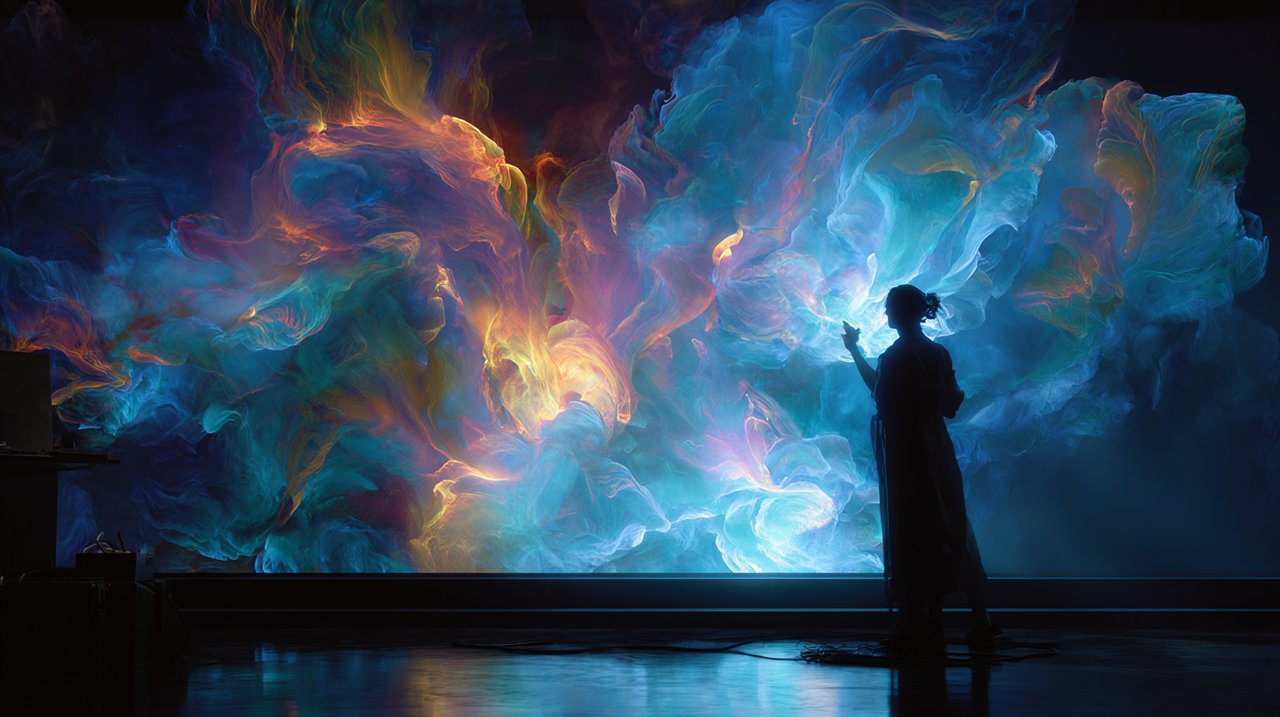
Ethical Frontiers and Responsible AI Creativity
Amidst this transformative potential, AI introduces a range of complex ethical considerations into creative domains. Paramount considerations include:
- Intellectual property: The concept of ownership becomes less defined. If an AI learns from countless human creations, the origin of new work becomes a question of shared influence. It asks us to look at creative lineage not as a single stream, but as a confluence of many.
- Copyright: Assigning legal ownership to AI-generated works presents a new challenge. Is the authorship tied to the AI’s designer, the one who crafted the prompt, or the collective data it learned from? This presents a new terrain for legal thought, much like mapping uncharted territory.
- Algorithmic bias: AI models, shaped by existing human data, can inadvertently reflect societal biases. These ingrained patterns may then appear in creative content, echoing imbalances rather than offering new perspectives. It reminds us that even when new paths are forged, the underlying ground often retains its old contours.
- Job displacement: While AI offers assistance, it also automates tasks traditionally performed by humans. This raises questions about the evolving nature of creative livelihoods and the need to cultivate new pathways. Like a forest shifting its growth, some trees recede as others emerge, changing the overall landscape.
The path ahead calls for a thoughtful approach to AI in creative fields. This requires transparency about AI’s role and fair acknowledgment for the human artists whose insights guide these models. Such a measured approach, akin to understanding the red string bracelet meaning of protection and connection, seeks to safeguard the human element in this evolving creative space.
This stewardship involves fostering transparency in AI’s creative processes and ensuring that the human hand, however subtle, is recognized for its guiding intention.
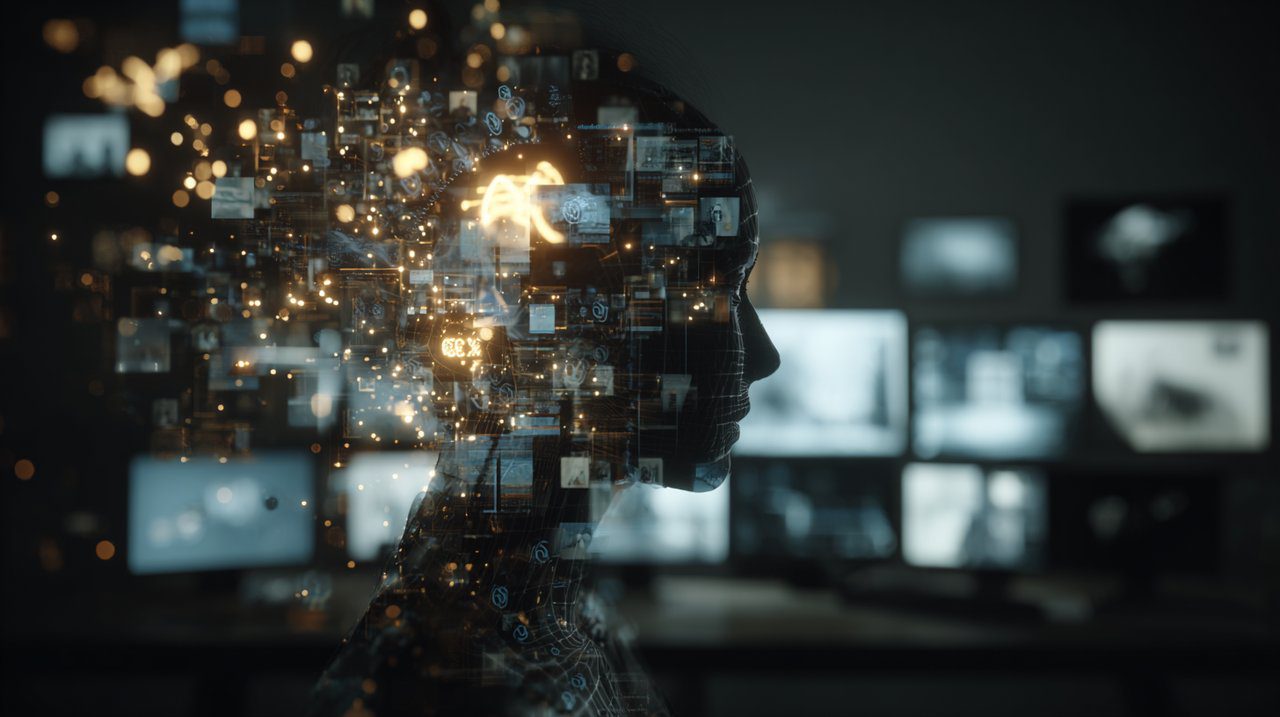
The Evolving Symbiosis: AI and the Future of Creativity
As we look ahead, the interplay between human and artificial intelligence in creative fields will deepen. We can foresee hybrid creative processes where the distinctions between human and machine contributions become less defined. Our understanding of art, of what is truly original, and of who authors a work, will continue to shift, inviting deeper contemplation in philosophy and law. It is like observing two rivers converging, their waters blending into a new, single current, yet each retaining its unique essence. Much like the koi fish symbolizes perseverance and transformation through its journey upstream, this new era calls for a similar resilience and openness to change.
In time, AI’s role may move beyond assistance, evolving into a more integral presence in creation, bringing forth new expressions. This unfolding could reveal art forms and ways of communication beyond our present grasp. The quiet task remains to integrate these powerful technologies thoughtfully, allowing them to expand human potential and cultivate a richer, more varied creative landscape for future generations. Like the diverse ecosystems that emerge from changing climates, new forms of creativity will find their place, adding to the richness of the whole. In this new landscape, paying attention to subtle patterns and intuitive guidance, much like discerning the messages within angel numbers, will be key to navigating its unfolding complexities.
💡 Frequently Asked Questions
AI is transforming creative endeavors by acting as a powerful assistant that enhances human intuition and output. It helps spark ideas, suggest phrasing, generate prototypes, compose music, and create countless variations, allowing creators to explore more and focus on conceptual work rather than routine tasks.
Generative AI models are groundbreaking systems capable of creating new artistic expressions, such as realistic images from text descriptions, music in various styles, and compelling stories. Artists use these models to produce unique visual and auditory content, merging human intent with algorithmic interpretation and challenging traditional notions of art and originality.
When using AI, an artist's role often shifts from sole creator to curator, prompt engineer, or director. They skillfully guide the AI to bring their unique vision to life, leveraging AI's capabilities while still maintaining human intent and oversight over the final output.
Key ethical challenges include questions about intellectual property and copyright ownership of AI-generated works, the potential for algorithmic bias to appear in content, and the risk of job displacement. Establishing clear ethical guidelines, transparency about AI involvement, and fair compensation for human artists whose data trains AI models are crucial.
The relationship is expected to deepen, leading to hybrid creative processes where human and machine contributions blur. Definitions of artistry, originality, and authorship will continue to evolve, potentially leading to new art movements and forms of cultural expression where AI may co-create with increasing independence.

